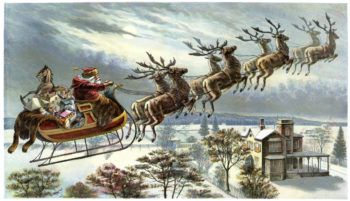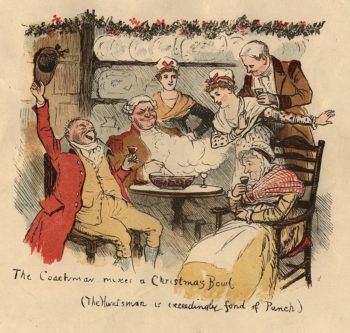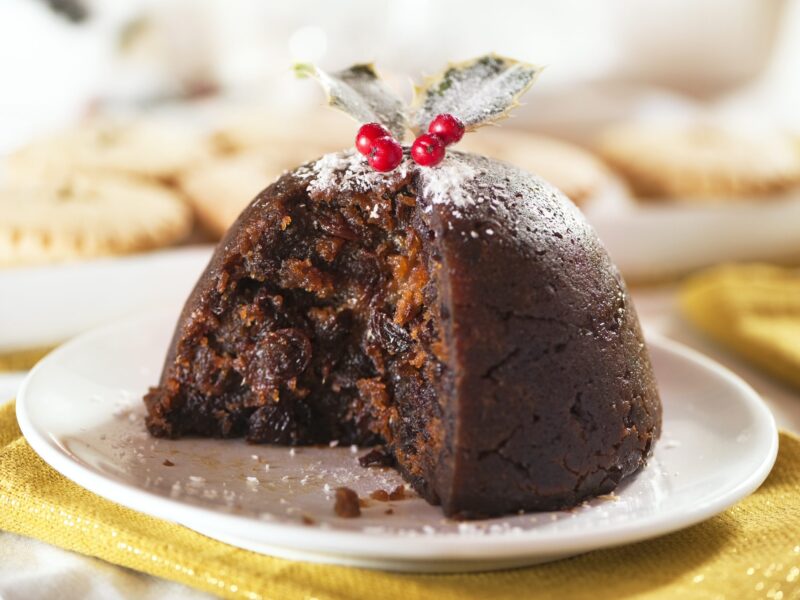‘Twas The Night Before Christmas

Christmastime in the early-1900s was mostly observed by drinking copious amounts of alcohol and going door-to-door to raucously solicit contributions of food, money, or more drink.
Refusal often resulted in vandalism or other acts of retribution. Brian Rouleau, an associate professor of history in the Texas A&M University College of Liberal Arts, said New York writer Clement Clarke Moore hoped to end some of the disorder by evoking a more peaceful celebration when he penned “A Visit from St. Nicholas” nearly 200 years ago.
“That story served a few purposes that are lost to us today. Christmas was at one time not a family-friendly holiday,” Rouleau said. “It was most often celebrated in the streets by rowdy groups of teenagers and servants. It was considered a day where the ordinarily humble and subservient lower classes of society could engage in behavior we call ‘wassailing.’”

In perhaps the most famous Christmas poem, better known as “‘Twas the Night Before Christmas,” Moore sets a quiet, domestic scene in which “not a creature was stirring, not even a mouse.”
Instead of rowdy wassailers banging at the door, Moore wrote of the jolly, non-threatening St. Nicholas coming down the chimney “dressed all in fur” to quietly leave presents for good girls and boys.
First published in 1823, Rouleau said the poem succeeded in popularizing the image of Santa Claus and turning Christmas into the family-centered holiday we know today.
“All of this was meant to transform Christmas into a holiday geared toward children and families, rather than the obnoxious and drunken mobs that Moore thought had corrupted the celebration,” Rouleau said.
Children’s literature has often been designed to pass a society’s core values from one generation to the next, he said, with the messaging usually intended to steer children along paths considered proper and acceptable. In the United States, many of the first children’s books were religious in nature, the product of Puritan parents seeking to prevent their offspring from sinning.
But slowly, as children’s place in society changed and views on parenting evolved, children’s literature became kinder and gentler, and themes became less explicitly spiritual. Fairy tales, talking animals, and other fantastical settings took the place of the fire and brimstone from years past. Young people were less often threatened with punishment for their transgressions. Instead, it became more common to celebrate a child’s innocence, wonder and capacity for creativity.
Though Moore’s story successfully changed the image of Christmas, Rouleau stresses the importance in understanding the resilience of children in resisting their own indoctrination.
“Literature might attempt to teach young people certain values, but this messaging isn’t always absorbed,” he said. “The most successful children’s literature often consists of stories that offer youths the opportunity to think through some problem or dilemma on their own.”
This article by Amber Francis originally appeared on the College of Liberal Arts website.





